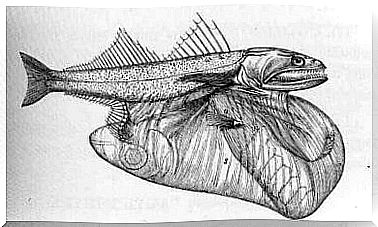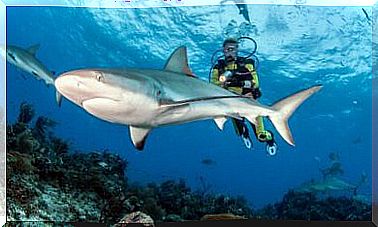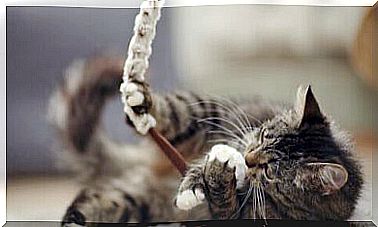Sea Centipedes: The Unbeatable Marine Boxers
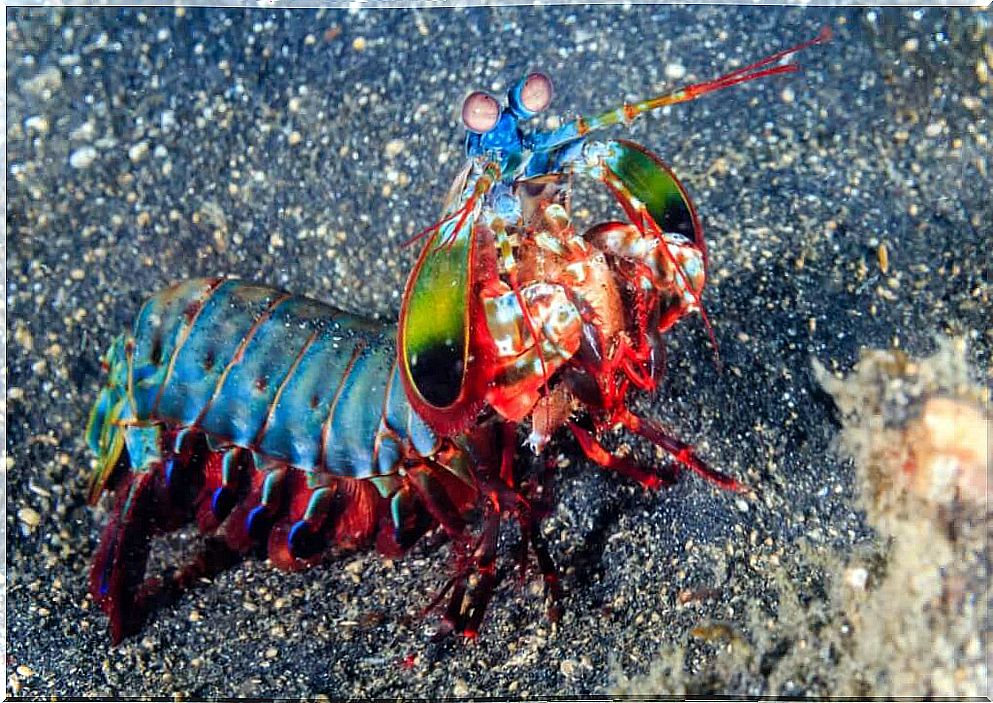
Sea centipedes can have different sizes, ranging from 5 to 40 centimeters in length. They also have different colors, as it is possible to find specimens with colors that vary from brown to garish colors, such as the prawn-mantis-clown ( Odontodactylus scyllarus ). In addition, they can also have fluorescent colors.
These invertebrate crustaceans belong to the order Stomatopods. There are about 400 different species of sea centipedes and all belong to the suborder Unipeltata . In general, they are known by several names: mantis shrimp, boxer lobster, mantis and squirrels, among others.
ready to fight
Stomatopods are aggressive predators endowed with powerful claws, which consist of a pair of thoracic appendages modified in the form of a prehensile subchelate pincer, with a morphology similar to that of the praying mantis. According to the shape of these claws, it is possible to differentiate two groups:
- Drilling species have spiny appendages that end in barbed tips or harpoons. These species skewer their prey with force and speed.
- Crushers have appendages developed like withers. They also have a rudimentary thorn. In this division, the arm is used to beat and crush prey. They are called boxing lobsters because they can hit very well. They also have a sharp edge at the end, with which they can cut their prey.
Because of their speed and ferocity, both types of stomatopods can defeat prey that are significantly larger in size than the animals themselves. The capture of prey eight times larger than the aggressor has already been reported.
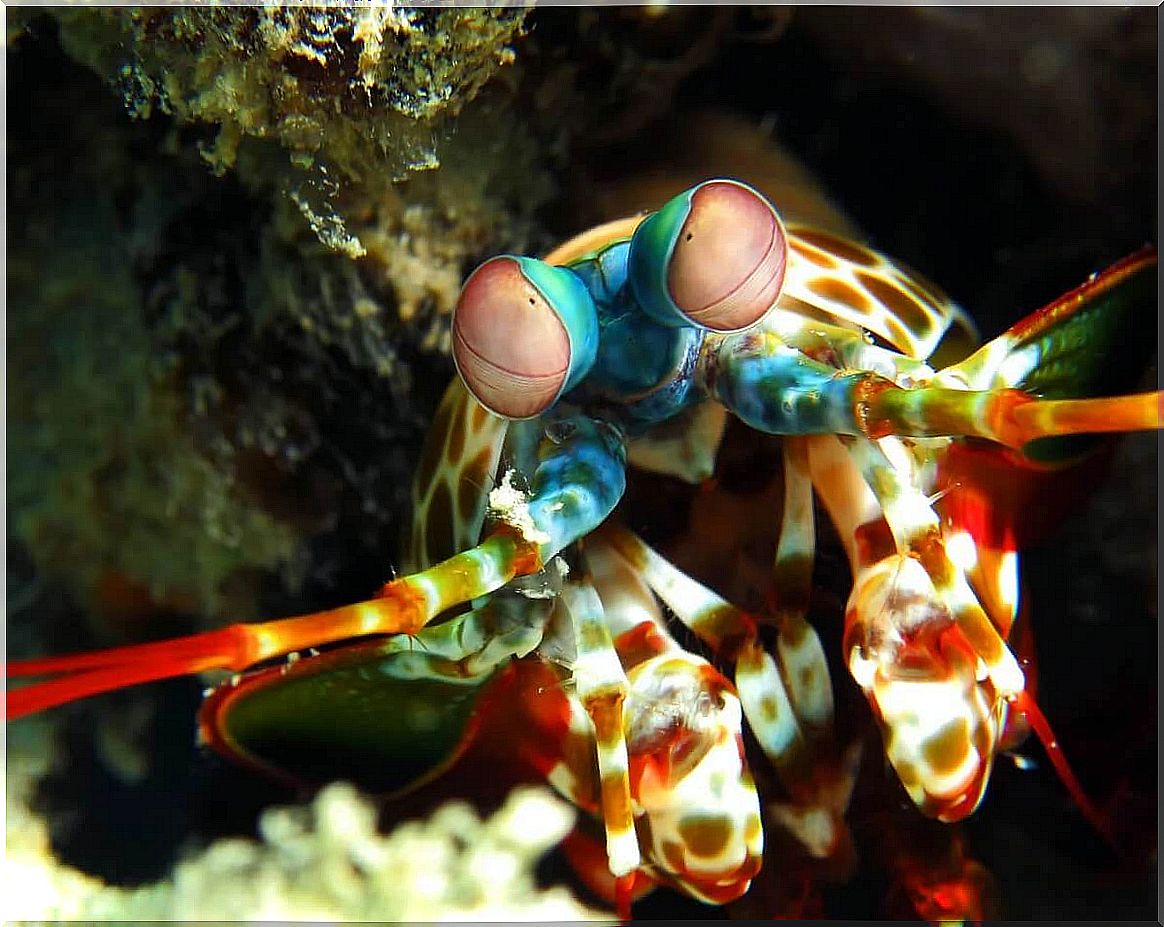
The science behind the scam
Undoubtedly, the secret of these crustaceans’ fatal blows is speed, but being fast underwater is an elaborate process. For this, in addition to normal muscles, your arms also contain special structures that allow you to store and release energy quickly in brutal blows. Its appendages have a muscle spring.
The strong blows of these species of sea centipedes have already been measured at speeds of up to 23 meters per second (approximately 82 km/h).
The appendix that contains the withers of the sea centipede has an elastic structure in the form of a saddle, which is compressed and cocked thanks to the simultaneous contraction of the extensor and flexor muscles. At the precise moment, the lock is released by relaxing the flexor muscle, allowing the “garrote” to move outwards.
If you don’t kill with the blow, kill with the fright
Scientists have determined that, due to the speed of the blow, the attack produces cavitation bubbles. Interestingly, cavitation is a hydrodynamic effect in which bubbles are produced when a fluid is subjected to forces that respond to pressure differences.
Thus, the formed bubbles move to the areas of higher pressure and implode, that is, the generated vapor suddenly returns to a liquid state and the bubbles break abruptly. For this reason, a great deal of energy is released that can break any surface on impact. The phenomenon is usually accompanied by noise and vibration.
It is estimated that the collapse of these cavitation bubbles produces forces that hit the prey twice. So, even if the initial blow fails, the resulting shock wave can be enough to stun or even kill the prey.
If the blow is so strong, why does the sea centipede’s garrote not break?
To hit so hard without the garrotes breaking, the sea centipedes have a special damping core that has a molecular structure unlike any other animal we know.
Thus, the great resistance to impacts is due to the so-called Bouligand Structure, which resembles an outer layer of plywood. In short, the garrotes of these crustaceans have two layers:
- The upper layer is a bone-like mineralized bioceramic material, while the lower layer is fibrous, like rope.
- The inner layer, which is stronger when extended, provides the necessary flexible support. Without it, the blow would damage the crustacean.
Different weapons, different hunting strategies
It is important to point out that most species of sea centipedes are not crushers, but perforators. Each type has different hunting styles. We will show them below.
The drills hunt out of their burrows, looking for hard-shelled sedentary prey and then slamming into them to expose their soft, flavorful interior. They also catch fish, squid and even baby sharks.
Crushers, on the other hand, are predators that ambush. Generally, they capture their prey by hiding silently in their burrows until the prey is within reach. Crushing species use their ability to attack snails, molluscs, crabs and rock oysters.
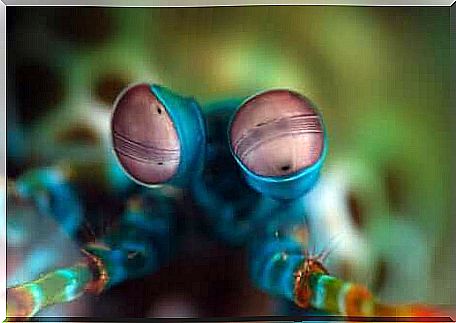
So, as we can see, the world of sea centipedes is much more complex than we might at first think. Either way, one thing is certain: we’d better get out of its way when this animal is about to strike its prey, otherwise we might end up with more than one broken bone.



